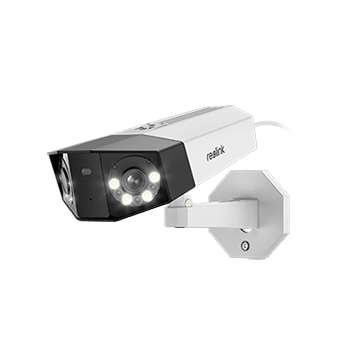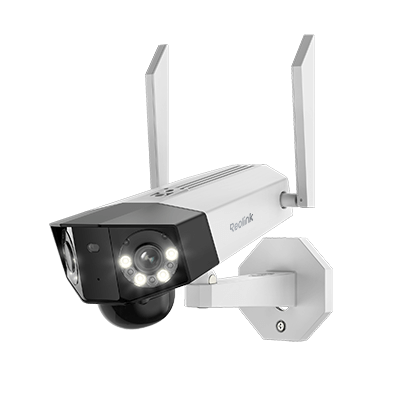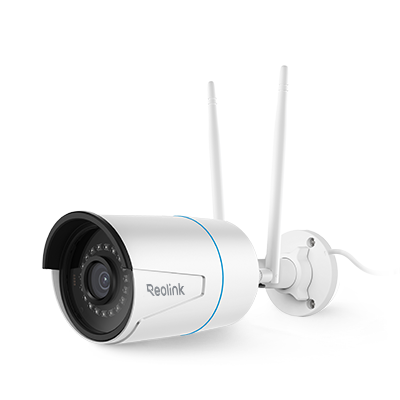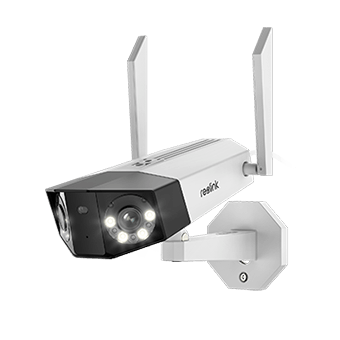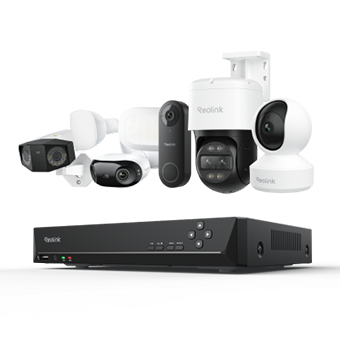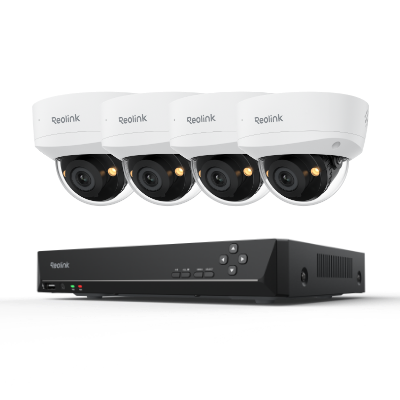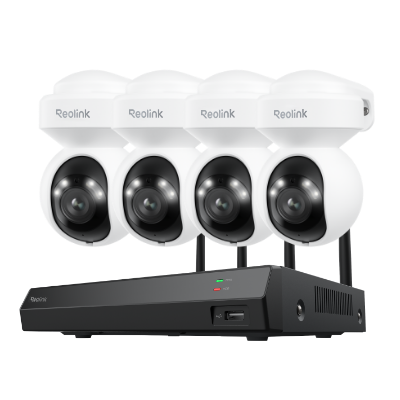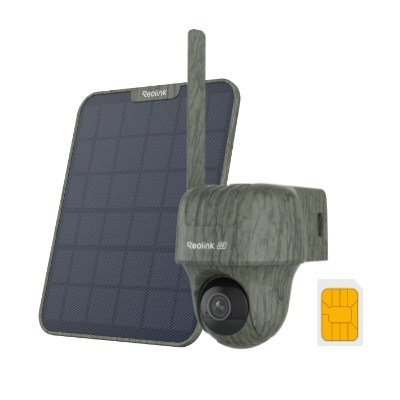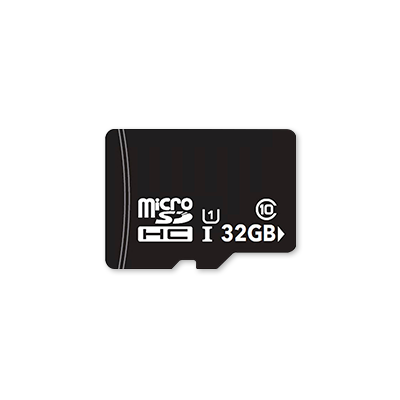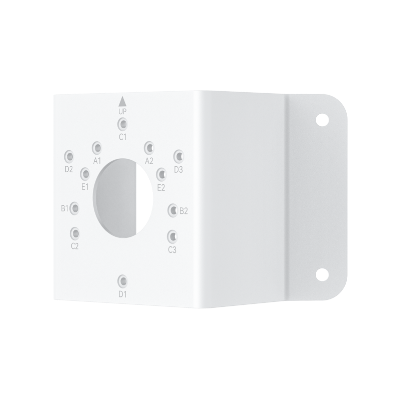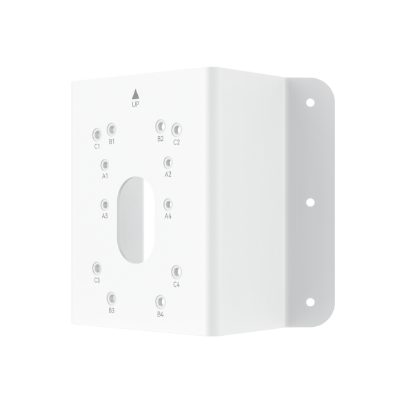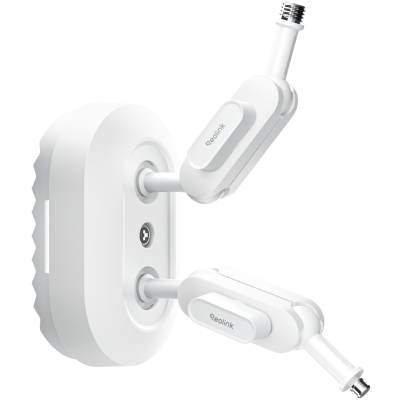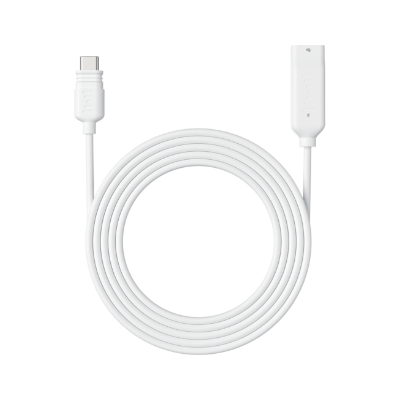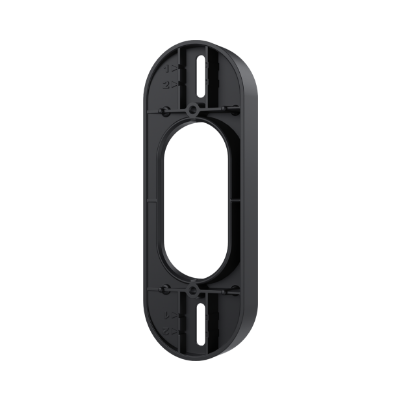Mini LED vs. QLED: Which TV Offers the Best Viewing Experience?

In recent years, television technology has been rapidly changing, offering consumers more ways to upgrade their viewing experience. One of the newest contenders in the market are Mini LED vs QLED displays which have been making a lot of noise for their incredible visuals and advanced technology.
So how do they differ, and which one is the best for viewing? In this article, we’ll compare QLED or Mini LED to help you understand the key differences, similarities, pros, and cons.
Mini LED vs QLED: Brief Introduction
If you’re trying to decide between a Mini LED vs QLED TV, knowing the basics of each technology can be useful. Both Mini LED QLED are advanced display technologies that seek to improve picture quality, but they do it in different ways. Mini LED is about improving backlighting, while QLED is all about improving color accuracy and brightness by using quantum dots.
What is Mini LED?
Traditional LED displays use larger LEDs, meaning that mini LED packs more LEDs into the same space. The result is a denser arrangement that provides finer control over backlighting, which in turn results in better brightness, contrast, and overall picture quality. Deeper blacks and more accurate local dimming help improve the display’s dynamic range.
What is QLED?
Now, Samsung’s QLED (Quantum Dot LED) is a technology that uses quantum dots to improve color and brightness. When exposed to light, these microscopic particles emit specific colors, which produce true-to-life colors on the screen. Typically, QLED technology is paired with LED backlighting, which means that it uses traditional LED lighting, but the quantum dot layer improves color reproduction and brightness.
Don't miss out on Reolink's Holiday Sales for exclusive discounts on security cameras, video doorbells, and more!
Reolink New Year Sale - Save Big with Exclusive Deals!
Save big with Reolink! New Year Sale up to 45% off on security cameras, doorbells, and systems — Dec. 8 to Jan. 4.
QLED vs Mini LED: Key Differences
Mini LED and QLED both feature excellent picture quality, but there are large distinctions between them both. Let’s then review some of these differences, in terms of brightness and contrast as well as some health considerations.
Brightness
Mini LED TVs are brighter than QLED displays. With QLED technology, the quantum dots allow these TVs to hit a more impressive peak brightness that works well in well lit rooms or watching HDR content. While Mini LED TVs are brighter, they can’t reach the peak brightness of QLED, on a level with higher priced OLED.
Contrast
Mini LED shines in contrast. As mini LEDs are smaller, those LEDs are able to do more precise local dimming, allowing for deeper blacks, and brighter whites at the same time. You get an enhanced dynamic range, more lifelike colors, and greater depth in dark scenes due to higher contrast ratio. QLED TVs trump these in terms of contrast thanks to Mini LED’s local dimming technology, but the contrast is good either way.
Viewing Angle Stability
The viewing angle is equally important if you watch TV with family or friends. Other than this, one of the downsides of QLED displays is that QLED displays come with lesser viewing angles, colors may change or wash out when being looked at from the side. Mini LED TVs also have better angles to look at, depending on the actual model, this allows for the picture to be more consistent from each angle.
Gaming and HDR Playback
Both technologies do well in gaming and HDR playback, but Mini LED has a slight edge in response time and local dimming. Low input lag and excellent motion handling are common among many Mini LED TVs, which are important for a smooth gaming experience. High brightness and vibrant colors also make QLED TVs a compelling gaming and HDR experience, particularly for action-packed scenes.
Motion Processing
Motion processing is very important in fast content such as sports or action movies. Thanks to the greater control over individual LEDs, Mini LED TVs tend to shine in motion handling, resulting in less motion blur. Motion is handled well by QLED TVs, though depending on the model, some may blur slightly with very fast scenes.
Health and Eye Comfort
Eye comfort is an important factor since TV viewing is usually for long periods. Generally, mini LED TVs are easier on the eyes as they have better control over local dimming and less blue light emissions. While QLED displays are bright and vivid, they can sometimes emit more blue light, which can lead to eye strain over time.
Price
QLED TVs are usually cheaper than Mini LED TVs. QLED is a bit cheaper than OLED, so it’s a more affordable technology for those who want to upgrade without going over budget. Because the backlighting technology is more advanced, mini LED TVs are more expensive, so buyers should keep that in mind.
Mini LED TV vs QLED: Key Similarities
Quantum Mini LED and QLED TVs have some similarities despite their differences. These similarities are what make both types of TVs so good at picture quality.
LCD Foundation
Mini LED and QLED TVs use LCD panels, so they both use an LCD layer to create the picture. While the backlight systems may be different, at their core, both are enhancements of traditional LCDs and deliver familiar technology with improved visuals.
Quantum Dot Layer
The quantum dot layer of QLED technology is what makes it known for enhancing colors. In addition to smaller LEDs, some Mini LED TVs (especially premium models) include a quantum dot layer for better color accuracy. This layer guarantees that both TV types will be able to provide vibrant colors.
Local Dimming Support
A feature called local dimming enables TVs to dim or brighten portions of the screen for better contrast. Mini LED and QLED TVs do support local dimming, but Mini LED has the edge in precision because of the smaller LEDs. However, both offer an improved dynamic range.
Lifespan
Both Mini LED and QLED displays are durable and have a lifespan. If you take care of these TVs, they will last you for a long time without any significant degradation in picture quality. Both are built to last and are, therefore, reliable.
Mini LED vs QLED: Pros and Cons
This will help you understand the pros and cons of each technology and decide which one suits your viewing preferences the best.
Mini LED: Pros and Cons
Pros:
- Gives you better control over backlighting, which leads to better contrast and deeper blacks.
- Local dimming is more precise, and that improves picture quality in dark scenes.
- More cinematic experience and is ideal for dark room viewing.
- OLED is less prone to screen burn-in than OLED.
Cons:
- QLED TVs are generally more expensive than.
- Halo effects around bright objects on dark backgrounds are possible.
- Less available than QLED models.
QLED: Pros and Cons
Pros:
- Excellent for well-lit rooms with bright and vibrant displays.
- Rich, true-to-life colors are provided by quantum dot technology.
- Good value for money and more affordable than Mini LED.
- Usually durable and long-lived.
Cons:
- Not as much contrast as Mini LED, so blacks don’t look as deep.
- Wide viewing angles produce reduced picture quality.
- Emissions of slightly more blue light, which may cause eye strain with long viewing.
Is Mini LED Better than QLED? Which One to Choose?
Mini LED and QLED are largely a matter of choice based on what you want to see and where you want to see it. Here’s when each type might be the right choice:
When to Buy Mini LED Display?
If you want the best possible picture quality with great contrast and black levels, Mini LED is the way to go. If you often watch movies in a dark room or value image accuracy, a Mini LED TV may be worth the splurge.
When to Buy QLED Display?
If you’re looking for a bright, colorful display at a lower cost, QLED TVs are a good option. QLED is a good balance of performance and value if you watch TV in well-lit rooms or need a vibrant display for daytime viewing.
FAQs
Which is better: Mini LED or OLED?
Both Mini LED and OLED are great for picture quality, but OLED is generally better for black levels and contrast because it doesn’t use backlighting. Mini LED, however, can reach higher brightness levels and is much less susceptible to burn-in.
Is Mini LED really worth it?
For dark room viewing, Mini LED is worth it if you want top-notch contrast and brightness control. It’s a premium choice and delivers a noticeably enhanced viewing experience.
What are the disadvantages of a Mini LED TV?
The biggest drawback of Mini LED TVs is that they are more expensive than other LED alternatives. They may also suffer from halo effects, where bright objects on dark backgrounds can appear with a slight glow around them.
Conclusion
To sum up, both Mini LED and QLED are great viewing experiences with their own strengths. QLED TVs are great for well-lit rooms and brightness, while Mini LED TVs are better for dark room performance and contrast. It’s your choice between Mini LED or QLED, depending on your viewing conditions, budget, and preferences. If you’re in the market for a new TV, think about what you need and what technology will fit your lifestyle. Tell us what you think of Mini LED vs. QLED and which you think is the future of TV tech!
Search
Subscribe for the Latest Updates
Security insights & offers right into your inbox

















